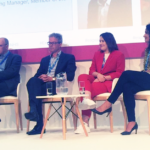
Hope Gorton discusses mental health in the online world
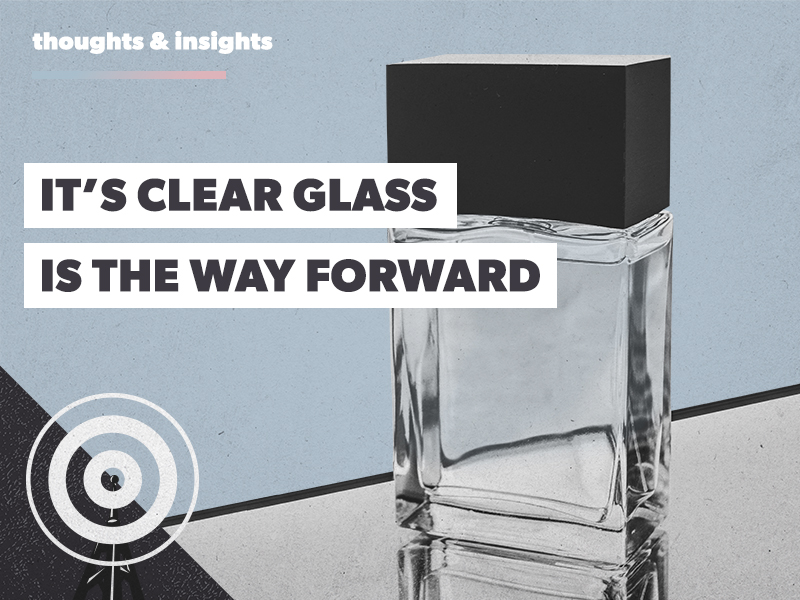
Across the world, we’re becoming increasingly conscious of the impact of human activity on the environment. As a result, there’s been significant pressure to reduce the negative effects of product
Across the world, we’re becoming increasingly conscious of the impact of human activity on the environment. As a result, there’s been significant pressure to reduce the negative effects of product packaging, specifically plastics. Glass is a great sustainable solution that upholds and often improves brand identity. Our packaging guru, Jon, explains from a brand perspective why it’s clear that glass is the way forward.
Why is glass a better alternative to plastic?
Glass has been around for a long time and as a quality material, it can’t be questioned – it’s non-degradable, hygienic, and incredibly durable. The reliability of glass is what makes it perfect for preservation, it’s often coloured to help reduce penetration from UV rays and avoid spoiling the contents – the bottled beer industry is a great example of this.
Only glass has the capacity to be part of an infinite loop of recyclability – it can be reused endlessly without compromising on quality, functionality and safety. The tradeoff is that it’s expensive and uses immense energy to create, but that has to be better than filling the ocean with plastic, no question.
What industries do you think could benefit most from glass packaging?
There’s a definite shift towards glass in the cosmetic and household cleaning industries, specifically with higher end products. Combining well designed and aesthetic glass bottles with the ability to refill is a game changer (as long as the refills are sustainable too!). There’s a market for making everyday products desirable, such as the ‘Glass for Good’ hand wash featured by The Dieline. I don’t think it’s too subjective to say this gemstone bottle is beautiful – a limited-edition product created by method® in partnership with SFMOMA (San Francisco Museum of Modern Art). Coupling the bottle with a presentation box like an old aged malt whisky creates greater desirability and ensures that every part of the package is pristine.
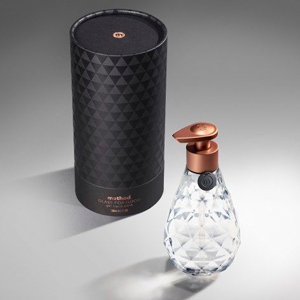
A more commercial solution, that ticks all the packaging boxes for me, is Mangle & Wringer. When purchasing online, you’re presented with an option to pick between a PLASTIC bottle or a GLASS bottle. This instantly passes the moral conscious test when there’s no difference in price, why would we choose plastic over glass? The additional benefit of being able to purchase concentrated refills allows the consumer to reuse the original packaging again and again. The biggest difference is Mangle and Wringer give the consumer the choice, whereas supermarkets offer you what is on the shelf, which is generally plastic – let’s just hope it will be recycled afterwards.
What does this mean for labels and branding aesthetically?
Labels have always been an integral part of product design, they’re a functional part of how we communicate product credentials and they help consumers make informed choices. Despite information sometimes being missed, labels on glass often draw consumers in as they’re completely eye-catching. The French liqueur, St. Germain, is a beautifully designed piece of classic French glass. It’s bold yet delicate and decorated with no less than four perfectly balanced labels that execute brand, provenance and authenticity.
As we become more conscious over wasteful packaging, there are new opportunities for using labels. As packaging becomes smaller, or the need to see the product increases, we could be left with a reduced amount of space to design with. This requires a much more considered approach in how we display messaging and questions what part technology can play in information and brand story telling.
What obstacles does glass present in the packaging world?
It’s evident that not all industries are glass-friendly, and when you look at the FMCG market, cost is the biggest issue. Sustainable plastics are a clear favourite, the infrastructure is in place to mould and fill bottled drinks on site in one swift process, which glass cannot commercially compete with. From a cosmetics angle, taking glass bottles into the shower may not be the most practical, but the emergence of paper packaging for other cosmetics seems to be an attractive proposition.
Today, L’Oréal and Albéa announced the creation of the first carton-based cosmetic tube, where the majority of plastic is replaced with a bio-based and certified paper-like material.
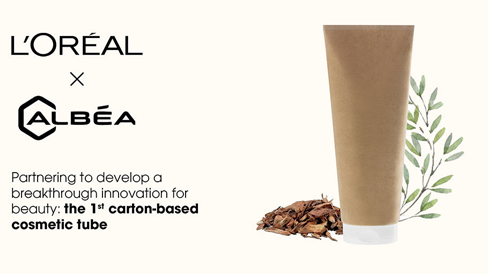
Looking forward, what does the future of glass packaging look like?
There’s a lot to consider with the future of glass, the endless recyclability and the speed at which it can be recycled and then placed back on to the shelves is getting quicker by the day. However, the production process to reuse glass requires multiple furnaces constantly burning and ultimately using a lot of energy. Having said that, glass can be used to create some amazing pieces of packaging. We can shape it into any formation, with the addition of clever labels, it all adds to the theatre and intrigue of glass packaging.
The emergence of augmented reality into the packaging world, with apps like ‘Zappar’, presents mega possibilities. The ability to scan codes on food packaging or wine bottles for recipe ideas, blogs and product experience will become the new norm. Bombay Sapphire recently created a great Zappar experience by bringing the product to life, with added features after purchase. The future of technology and product labels gives us the chance to experience so much more than what is in the bottle.
Glass might not be the newest development in packaging but sometimes the best option is the one that’s been tried and tested in the field, and one you know will get the job done time and time again.

When you visit us in Manchester
We have free parking available on site (M4 6AX) but, spaces are limited. Day parking is also available on Goulden Street just round the corner.
When you visit us in Leeds
If you’re visiting us in Leeds we’re based at Mabgate Mills (LS9 7DZ) and there are plenty of parking options nearby.
Day parking is available nearby with free on street parking available for 4 hours on Cherry Row and reasonably priced parking on Macaulay Street and Mabgate via an app called ‘Park Mobile’.